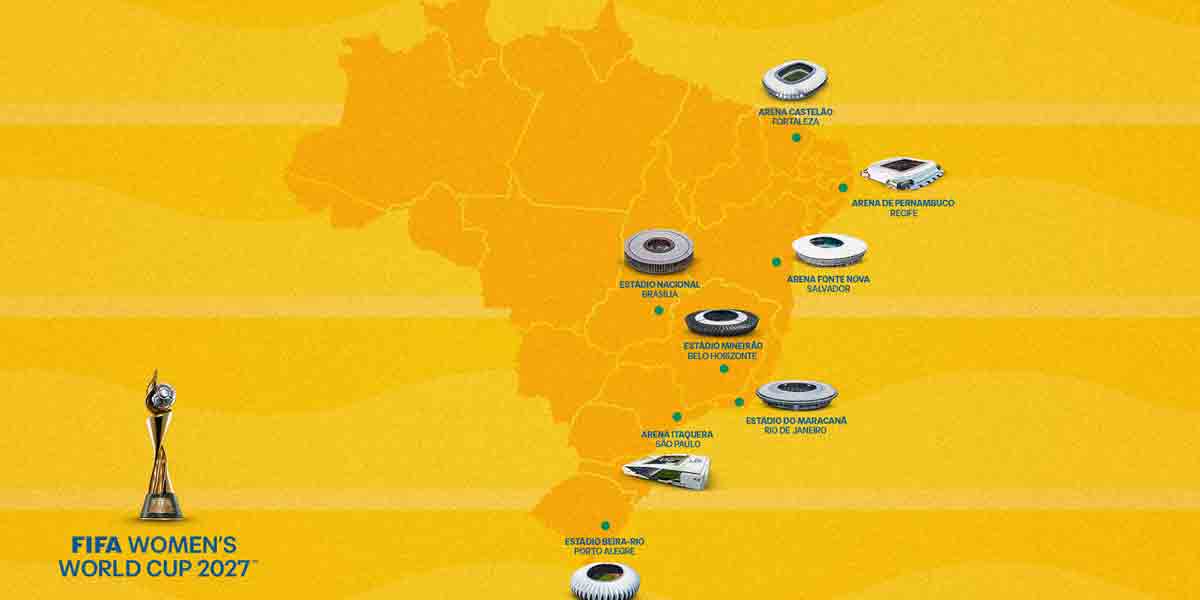By Artchil B. Fernandez
The decimation of the Dilawans was one of the highlights of President Rodrigo Duterte’s illiberal rule. This was an astounding political development considering that the preceding administration ended on a high note. President Benigno Aquino III remained relatively popular, and the Philippine economy steadily grew by an average of 6.2 percent, second only to China at that time.
Despite these achievements, the candidate of the then-ruling administration lost to Duterte, whose come-from-behind victory confounded and astounded political observers, upending Philippine politics. Under Duterte’s reign, the Dilawans were driven into political wilderness, subjected to harsh and intense ridicule and scorn in cyberspace. The marginalization of the Dilawans reached its peak in the 2019 election, where none of its senatorial candidates won, including some incumbent senators.
The political isolation of the Dilawans during Duterte’s sadistic rule forced them to abandon the brand and reinvent themselves as the Pink Movement in the 2022 elections. The potential resurgence of the Pink Movement forced the Marcoses and the Dutertes, along with their dynastic allies, to form the UniTeam to stave off its success. The sweeping victory of the UniTeam blunted the momentum of the Pink Movement, once again putting it in danger of being cast into political oblivion.
However, the early demise of the UniTeam offered the Pink Movement an opportunity to recover politically. This chance at political rebirth is threatened by the Dutertes and their allies, who are posturing as the “opposition” to the administration of Ferdinand “Bongbong” Marcos Jr. Certainly, the Dutertes and their cohorts are not the opposition but competition to the Marcoses. How will the Pink Movement navigate the current muddy political waters and distinguish itself from the competition pretending to be the opposition?
In what way can the Pink Movement and the real opposition seize the political initiative and regain the upper hand over populism and the populist politics espoused by both the Dutertes and Marcoses? Is populism—either the nostalgic brand dangled by the Marcoses or the authoritarian bent offered by the Dutertes—here to stay and remain the dominant force in Philippine politics? Is there a way for the Pink Movement and the genuine opposition to beat it?
Recent elections in some countries offer the Pink Movement and the real opposition a template for confronting and winning over populism and those that espouse this brand of politics, especially the far right. Election results in India and France present different facets and ways to defeat populism and the far right.
Narendra Modi’s brand of populism, anchored on Hindu nationalism, has dominated the Indian political landscape for a decade and effectively crushed and marginalized the opposition. In the 2019 election, where Modi won a second term, his party, the Bharatiya Janata Party (BJP), systematically annihilated the opposition, winning 303 of the 542 contested seats in parliament (Lok Sabha). BJP and its allies held 353 seats.
Ruling with an absolute majority, Modi appeared invincible and unbeatable. The opposition, led by the once-ruling Congress Party of the Nehru-Gandhi dynasty, was nearly ostracized from Indian politics. Modi, aided by a pliant and co-opted traditional media, pilloried and derided the opposition. Like Duterte, Modi was a populist autocrat who hounded and persecuted his political opponents, jailing them on trumped-up charges.
So confident was Modi of his invincibility that in the June 2024 election, he made “Ab ki baar, 400 paar” or “This time surpassing 400” his election slogan. Modi aimed to get a supermajority in parliament, which would give him absolute power to change the constitution. Election polls, including exit polls, pointed to Modi’s massive victory and predicted BJP and its allies would get more than 400 seats, with the opposition obliterated.
However, the election results defied projections by the media and polls. BJP and its allies failed to get 400 seats, and BJP’s number considerably shrank. BJP did not get the 272 seats needed to win an outright majority and saw its seats reduced from 303 to 240. Modi still won a third term with BJP and its allies getting 292 seats, but he was considerably weakened and forced to share power with allies where he ruled alone before.
The opposition, led by Congress, forged a united front against BJP and its allies, forming the INDIA coalition. The opposition coalition defied pre-election projections of decimation and instead won 235 seats. Congress alone increased its seats from 52 to 99. The remarkable resurgence of the Indian opposition showed populism could be stopped.
In this week’s French election, the huge win of Marine Le Pen’s far-right National Rally in the first round of voting forced leftist parties to forge an alliance—the New Popular Front. In the second and final round, the New Popular Front came first, followed by President Emmanuel Macron’s centrist alliance, while National Rally was third. The defeat of the far right and its populist politics was astounding, considering it was earlier expected to win.
What recent elections in India and France indicate is that populism, in whatever shade, can be blocked and even defeated. The opposition in these countries set aside their differences, united, and formed a united front against populism. The INDIA coalition and the New Popular Front are composed of rival parties that chose to unite in the face of the onslaught of populism and the far right. They campaigned on gut issues—food on the table, job security, etc.—as a counterpoint to the identity politics and politics of exclusion espoused by populism and the far right. Their efforts produced amazing results.
There is hope for the opposition in the Philippines as indicated by events in India, France, and even the United Kingdom, where this week Labour massively trounced the Conservatives and took power. Populism is not unbeatable. Neither are the Dutertes and the Marcoses.





















